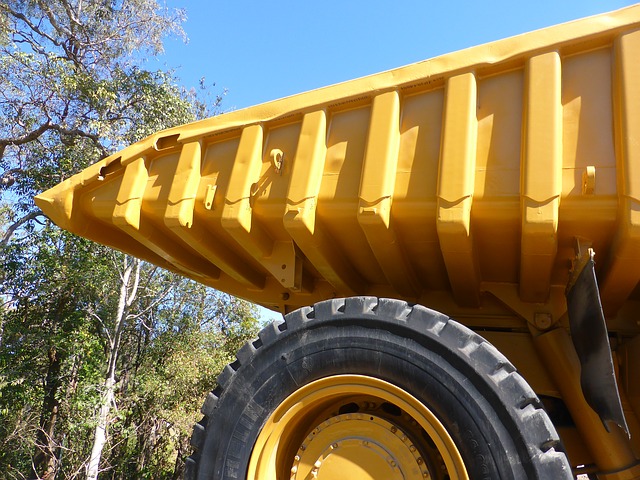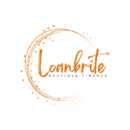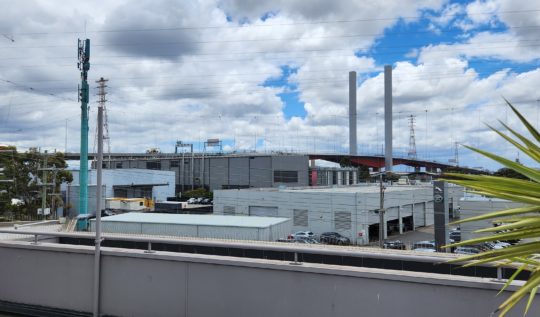As a business grows, the need for additional (or replacement) equipment evolves. Whether it’s
another vehicle, manufacturing equipment or technology and software, it can mean a significant cost to the business which needs some serious consideration.
The need for assets
When deciding on the right piece of equipment for your business, it’s important to know what you’re looking for with regards to quality, speed, ease of use, reliability and other factors that you consider to be vital in delivering your goods or services. The ideal purchase should be based on the most suitable solution that meets these criteria and improves both the productivity and profitability of your business.
The financial impact of purchasing assets
Any decision to purchase new assets or equipment is going to have a financial impact on your
business, so comparing options is important. When comparing it’s important to take into consideration factors such as price, ongoing maintenance costs, running costs, training and depreciation.
Depreciation is the reduction in the value of an asset over time, due in particular to wear and tear. Knowing how this is calculated is important as it will affect your profitability and tax position over several years, so will influence how you choose to fund the asset.
There are two ways to calculate Depreciation:
1. Prime Cost: This involves multiplying the original asset cost by a specific depreciation rate
every year in which it is owned.
2. Diminishing Value: This involves multiplying the written down (carrying value) by a
percentage each year.
Which one should you choose? The best one to use is the one that best reflects how much of the
asset’s value will go away each year. It always best to have this discussion with your accountant to work out which method may be best for your business and objectives.
How to finance asset purchases
When it comes to funding asset purchases there are many options. However, whichever one you
choose, it’s ideal to match the life of the loan to the life of the asset.
Available options for acquiring equipment include:
• Hiring: this is ideal if you don’t expect to utilise its full capacity
• Paying cash: if you have the cash available
• Financing: you can choose to finance it with a business loan if you have the cash or assets you need to secure the loan. Alternatively you can look at equipment financing options such as Hire Purchase, Commercial Loan, Finance Lease and Operating Lease / Equipment Rental.

Whatever the option you choose, it’s important to note that each has different ownership options, GST treatment and tax implications. Below are some questions you need to ask yourself when deciding which form of equipment finance best suits you:
Capacity
• Given expected usage, is it cheaper to hire?
• Is the hire equipment in fit condition?
• Will the hire equipment be available when you need it?
Ownership
• Do you want to own the asset while in your possession?
• Do you want to retain the asset at the end of the finance term?
GST Treatment
• Would you like to claim the GST on your first BAS after the equipment purchase?
• Would you like to finance the GST over the term of the finance?
Cash Flow
• Do you have the cash available?
• Is the cash not needed for day to day expenses?
• Can you get a better return on your cash elsewhere?
• Do you have the cash to pay a deposit upfront to reduce your repayments and interest?
• Would you like to reduce monthly repayments by paying a balloon repayment at the end of the term?
Taxation
• Would you prefer to claim Depreciation and Interest for tax purposes?
• Would you prefer to claim a rental for tax purposes?
Any information provided is of a general nature. Before making any decisions please ensure you seek
appropriate professional advice to ensure it is appropriate to you.





